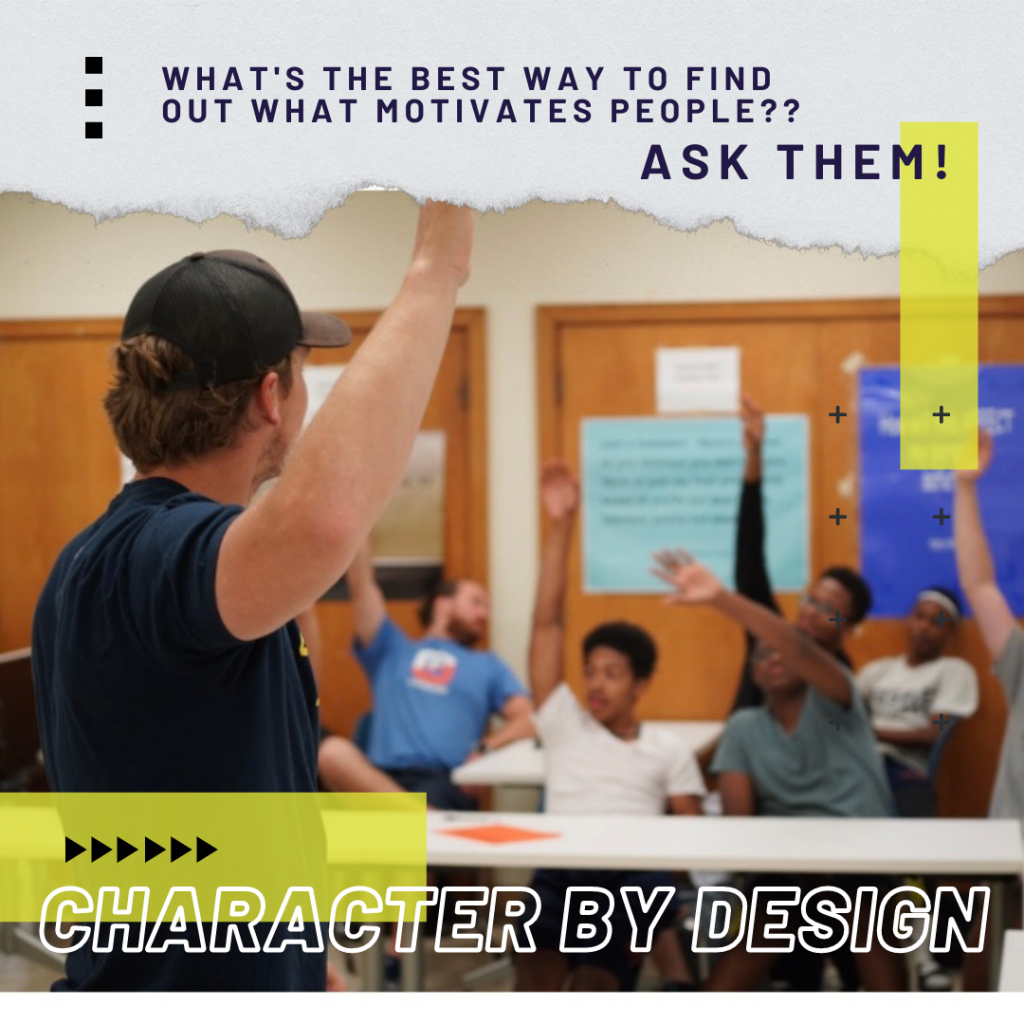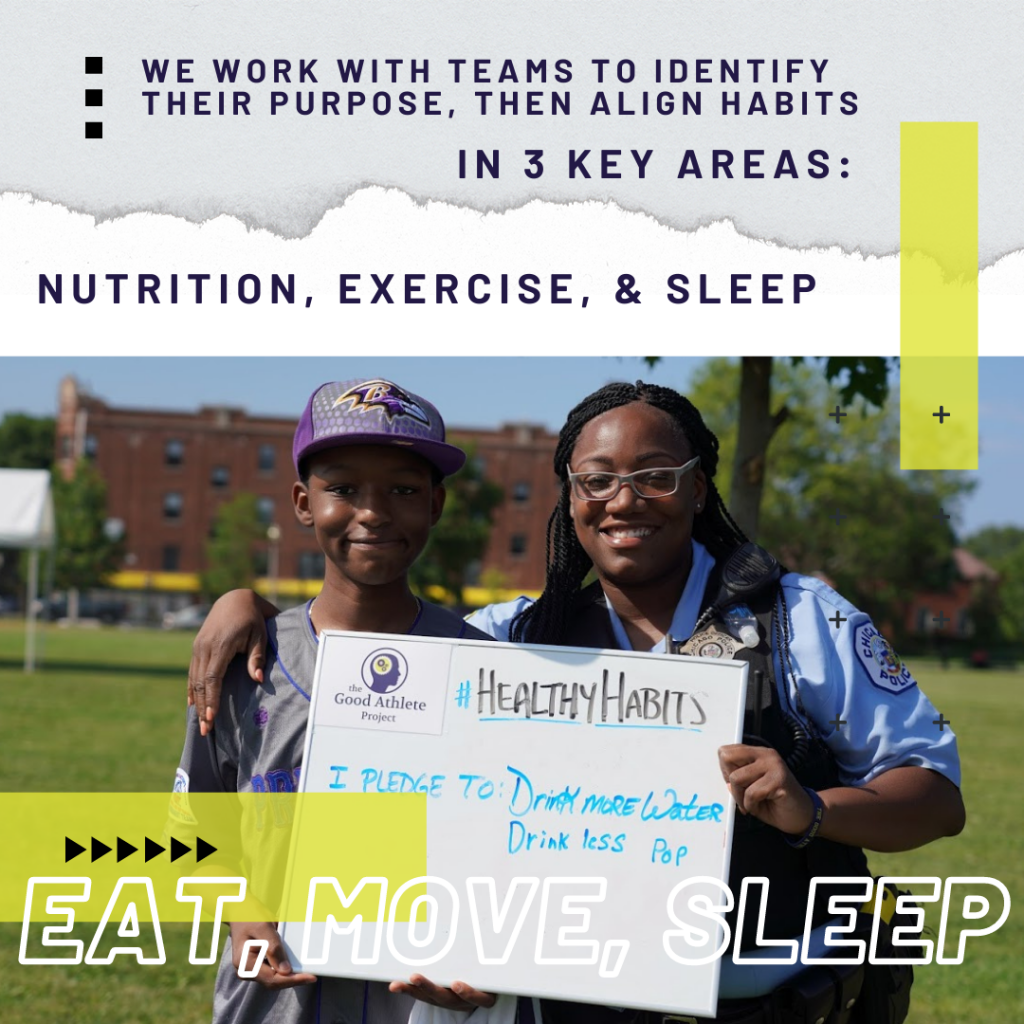
Student mental health concerns are on the rise (Chirikov et al., 2020). Schools expanding mental health support do so amid regular questions of efficacy (Chamberlin, 2009). Despite many well-intended initiatives, mental health trends have not changed much over the years.
According to the internal youth risk behavior survey (YRBS) data at one of our partner schools, stress and anxiety are prevalent concerns. Administration, teachers, and student clubs have been working hard to address the issue. They have suicide-prevention initiatives, grief-counseling options, and even an on-campus comfort animal. With no less than 14 unique initiatives, the school is clearly committed to student support. Still, their stress and anxiety numbers remain constant.
It would be difficult to pinpoint exactly why the initiatives are not taking hold. In the discussion of mental health, there exist countless confounding variables. After all, psychology and matters of the mind are infinitely complex.
Physiology and the body are (slightly) more predictable, and might play a larger role in student mental health than one might think.
In the creation of mental health interventions, including the onboarding of Social Emotional Learning (SEL) strategies, schools would be well-served to consider the role of the body.
“Your brain’s most important job is to control your body – to manage allostasis – by predicting energy needs,” (Barrett, 2020, p. 10).
Dr. Lisa Feldman Barrett, Distinguished Professor of Psychology at Northeastern University, reminds us that our brains are in a constant state of prediction, feedback-collection, and sense-making. Our brains receive and interpret signals from the body and attempt to predict the best ways to alleviate any concern. If the body is significantly out of whack, so goes the brain.
Our physical state has the power to guide our affective state and the conversation between brain and body is continuous (Barrett et al., 2016). There are no starts and stops in this dialogue, only adjustments of volume.
The thirst mechanism is in place, for example, to avoid dehydration. When the body is low on fluid and the scales of homeostasis are tipped, one experiences the common sensation of thirst (Adrogué and Madias, 2000). Recognition of this internal state motivates the pursuit of hydration. There are actually two mechanisms by which people experience thirst, each serving essentially the same function (DaJose, 2020). When hydration is complete, the urge dissipates, but does not turn off – the volume turns up or down depending on the needs of the body, but the dialogue continues.
Urges like these orchestrate the continuous symphony of our experience: hunger, sleep drive, sexual arousal, fear… finely tuned interpretations of what the body needs to maintain homeostasis interweave and jockey for priority.
When the needs are not met, there can be an increase in negative affect. The negative emotions associated with hunger (a condition which has been affectionately dubbed “hanger”) is widely recognized and has even been scientifically evaluated, (MacCormack and Lindquist, 2019). Anger is not a direct outcome of hunger, but the body will continue turning up the volume on its alarm bells until it gets what it wants. That prolonged physical discomfort has the potential to influence one’s psychological, affective state.
The relationships are not limited to nutritional urges. Sedentariness has regularly been connected to major depressive disorder (Schuch et al., 2017), while exercise is regularly linked to improvements in affect (Reed and Buck, 2009). Chronic sleep-deprivation will ring alarm bells in the body and mind (Davis, 2019), while sleep extension has been linked to improved performance on a variety of measures including sustained focus and cognitive/motor performance (Arnal et al., 2015; Ritland et al., 2019).
If these physiological states impact the mind, then they certainly belong in the conversation of mental health.
New parents and hard-studying college students know what it feels to pull an all-nighter. The following day, complex thinking, decision-making, and emotion regulation are significantly degraded. Everything seems harder. Without those cognitive capacities, a sly side-comment from a peer in a crowded hallway might be interpreted differently (while groggy and irritable) than if the recipient were well-rested. A string of similar situations can change the course of a young person’s day.
Studies routinely demonstrate an increase in negative affect in sleep-deprived populations (Minkel et al., 2012). It is more than intuition; these changes seem to occur on a cellular level. Some have hypothesized that sleep-deprivation modifies production of dopamine (in the form of D2 receptor changes) and adenosine in ways that can inhibit one’s better sense (Volkow et al., 2012), pushing them toward decisions they might not have made while well-rested.
Those bad decisions can haunt a young person, creating a depressing cocktail of physiological, psychological, and social factors.
These mechanisms shed light on recent data aligning sleep deprivation and mental health concerns in students.
The Centers for Disease Control (CDC) publishes an annual YRBS report online. That report allows cross-tabulation of variables. Isolating the variables of Sleep and Mental Health revealed some alarming connections.
In the initial survey, students reported falling into one of two sleep categories: over 8 hours per night, or under 8 hours per night. They also responded to a series of questions regarding their mental health. Students were asked if, over the past month, they had felt “sad or hopeless.” 24.3% of students who slept over 8 hours per night said they had, compared to 40.5% of sleep-deprived students. A sleep-deprived student was 1.67 times more likely to feel sad or hopeless.
Worse still, sleep-deprived students were nearly twice as likely (1.96) to have made a plan to attempt suicide, and nearly twice as likely (1.88) to have attempted suicide.
Table 1: Mental Health Conditions and Sleep Duration
MH Condition | Over 8 hrs | Under 8 hrs | Increase when S.D. |
Sad_or_Hopeless | 24.3% (n=721) | 40.5% (n=4021) | 1.67 |
Made_a_Plan_to_Attempt | 9.1% (n=294) | 17.8% (n=1790) | 1.96 |
Attempted_Suicide | 5.2% (n=153) | 9.8% (n=863) | 1.88 |
The issue might be more stark than these data suggest. The CDC and the American Academy of Sleep Medicine (AASM) recommend adolescents sleep for 8-10 hours per night. On average, it takes about 10-20 minutes to fall asleep (Silver, 2020), though psychological activation (rumination, worry, or other psychological stressors) can dramatically influence that time. Since 8 hours meets only the lowest level of recommended sleep, it is possible that some respondents in the “Over 8 hours” category are still mildly sleep deprived. If the YRBS survey changed the question to “Over 8.5 hours,” we might see an even stronger alignment between teens who are under-rested and those experiencing mental health concerns.
While the complexity of this relationship cannot be cleanly ironed out through this data, it is clear that there is an important correlation to consider.
One cannot ease the mind without considering the body. When schools create systems which chronically sleep deprive their students, then on-board heaps of emotion-regulation strategies, they are bailing water from a sinking ship without addressing the hole in the hull.
Social Emotional Learning skills are valuable, but their impact is undercut by one’s physiological state. Educators hoping to alleviate student stress should not underestimate that connection. While there are plenty of mental health initiatives within educational settings, there is insufficient focus on how students’ physiological state is impacted by systems of education.
For many adolescents, sleep is a good place to start. Schools might ask themselves, How late are students staying at school? How early are we asking them to arrive?
After evaluating healthy sleep opportunities, schools might want to take a look at student activity level during the day, followed by an evaluation of nutrition options on campus. If a student is sleep-deprived, sedentary, and eating Cheetos and Mountain Dew from a vending machine, their ability to manage stressors will almost assuredly be challenged.
It’s time to stop the leak. Address system-induced health concerns. Then empower students with skills to care for their own health and wellness – both body and mind.
Adrogué H.J., Madias N.E. (2000). Hypernatremia. N Engl J Med. 342(20):1493-9. doi: 10.1056/NEJM200005183422006.
Arnal, P.J., Sauvet, F., Leger, D., van Beers, P., Bayon, V., Bougard, C., Rabat, A., Millet, G.Y., & Chennaoui, M. (2015). Benefits of Sleep Extension on Sustained Attention and Sleep Pressure Before and During Total Sleep Deprivation and Recovery. Sleep, 38(12), 1935–1943. https://doi.org/10.5665/sleep.5244
Barrett, L. F. (2020). 7 ½ Lessons About the Brain. HMH Books.
Barrett L. F., Quigley K.S., Hamilton P. (2016). An active inference theory of allostasis and interoception in depression. Phil. Trans. R. Soc. B 371: 20160011
Chamberlin, J. (2009). Schools expand mental health care. Monitor on Psychology, 40(1). http://www.apa.org/monitor/2009/01/school-clinic
Chirikov, I., Soria, K. M., Horgos, B., & Jones-White, D. (2020). Undergraduate and graduate students’ mental health during the COVID-19 pandemic. SERU Consortium, University of California – Berkeley and University of Minnesota. Retrieved from https://cshe.berkeley.edu/seru-covid-survey-reports
DaJose, L. (2020). The Brain Quenches Thirst in Different Ways. CalTech BBE. Retrieved from http://www.bbe.caltech.edu/news/brain-quenches-thirst-different-ways
Davis, J.D. (2019). A Sleep-Deprived Nation. Usable Knowledge (Harvard Graduate School of Education). Retrieved from https://www.gse.harvard.edu/news/uk/19/01/sleep-deprived-nation
MacCormack, J.K., Lindquist, K.A. (2019). Feeling hangry? When hunger is conceptualized as emotion. Emotion, 19(2), 301-319.
Minkel, J. D., Banks, S., Htaik, O., Moreta, M. C., Jones, C. W., McGlinchey, E. L., Simpson, N. S., & Dinges, D. F. (2012). Sleep deprivation and stressors: Evidence for elevated negative affect in response to mild stressors when sleep deprived. Emotion, 12(5), 1015–1020.
Reed, J. Buck, S. (2009). The effect of regular aerobic exercise on positive-activated affect: A meta-analysis. Psychology of Sport and Exercise, 10(6), 581-594.
Ritland, B.M., Simonelli, G., Gentili, R.J., Smith, J.C., He, X., Mantua, Balkin, T.J., Bradley D. Hatfield, B.D. (2019). Effects of sleep extension on cognitive/motor performance and motivation in military tactical athletes. Sleep Medicine, 58, 48-55.
Schuch, F., Vancampfort, D., Firth, J., Rosenbaum, S. Ward, P., Reichert, T., Bagatini, N.C., Bgeginski, R., Stubbs, B. (2017). Physical activity and sedentary behavior in people with major depressive disorder: A systematic review and meta-analysis. Journal of Affective Disorders, 210, 139-150.
Silver, N. (2020). How Long Does It Typically Take to Fall Asleep? Healthline. Retrieved from http://www.healthline.com/health/healthy-sleep/how-long-does-it-take-to-fall-asleep#cant-fall-asleep
Volkow, N.D., Tomasi, D., Wang, G.J., Teland, F., Fowler, J.S., Logan, J., Benveniste, H., Thanos, P.K., Ferré, S. (2012). Evidence That Sleep Deprivation Downregulates Dopamine D2R in Ventral Striatum in the Human Brain. Journal of Neuroscience, 32(19), 6711-6717.
YRBS Analysis Tool-High School YRBS (2020). Centers for Disease Control and Prevention. Retrieved from https://nccd.cdc.gov/YRBSSanalysis/
Jim Davis is a former professional football player and champion powerlifter turned nationally recognized coach, author, and speaker.
Jim is a graduate of Harvard University, Northwestern University and Knox College. In addition to his work as the Director of the Good Athlete Project, he is proud to be the Staff & Student Wellness Coordinator at New Trier High School. At New Trier, Jim leads one of the largest and most successful strength programs in the nation. He is also the Founding Director of the Illinois High School Powerlifting Association.
Jim has been honored as a 2020 Semper Fidelis All-American Mentor, 2018 NASA National Coach of the Year, the NASA National Coach of the Year Runner-Up in 2019.
Jim has presented keynote addresses all over the world including Chicago, Boston, L.A., Ireland, and Haiti. His written work has been published in the Harvard Crimson, the Globe Post, the Orlando Sentinel, World of Psychology, and Olympic and Paralympic Coaching Magazine, among other locations.
More of his writing can be found on one of the Good Athlete Project blogs, BeyondStrength.net, which was recently named one of the Top 20 Sports Psychology blogs by Feedspot.com.
While Jim’s research focuses on human development and psychology through sport, it is the human connection that keeps him coaching. “To be embodied, healthy, active, and working toward a shared purpose – there’s nothing else like it.”



BCPHR.org was designed by ComputerAlly.com.
Visit BCPHR‘s publisher, the Boston Congress of Public Health (BCPH).
Email [email protected] for more information.
Click below to make a tax-deductible donation supporting the educational initiatives of the Boston Congress of Public Health, publisher of BCPHR.![]()
© 2025-2026 Boston Congress of Public Health (BCPHR): An Academic, Peer-Reviewed Journal
All Boston Congress of Public Health (BCPH) branding and content, including logos, program and award names, and materials, are the property of BCPH and trademarked as such. BCPHR articles are published under Open Access license CC BY. All BCPHR branding falls under BCPH.
Use of BCPH content requires explicit, written permission.